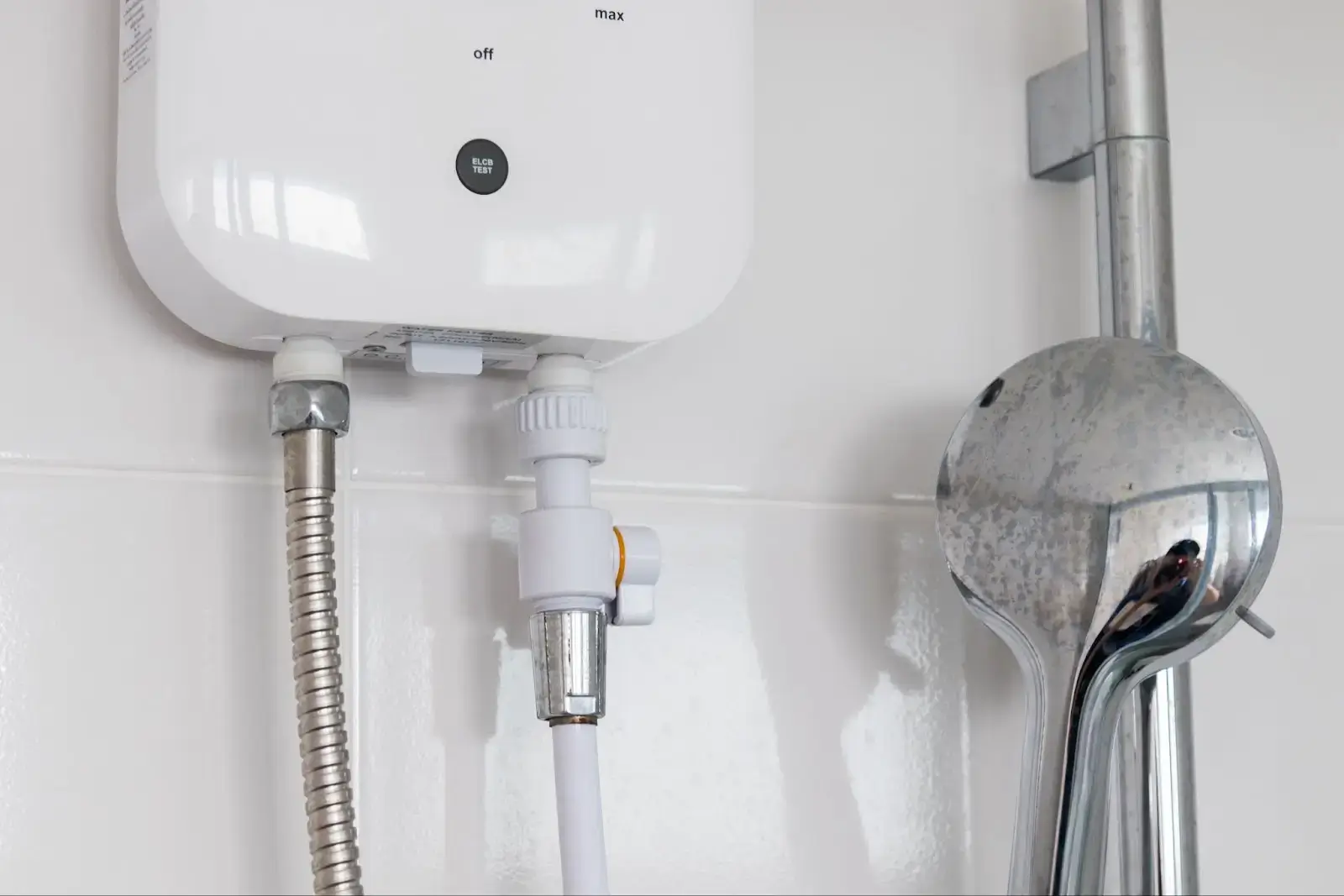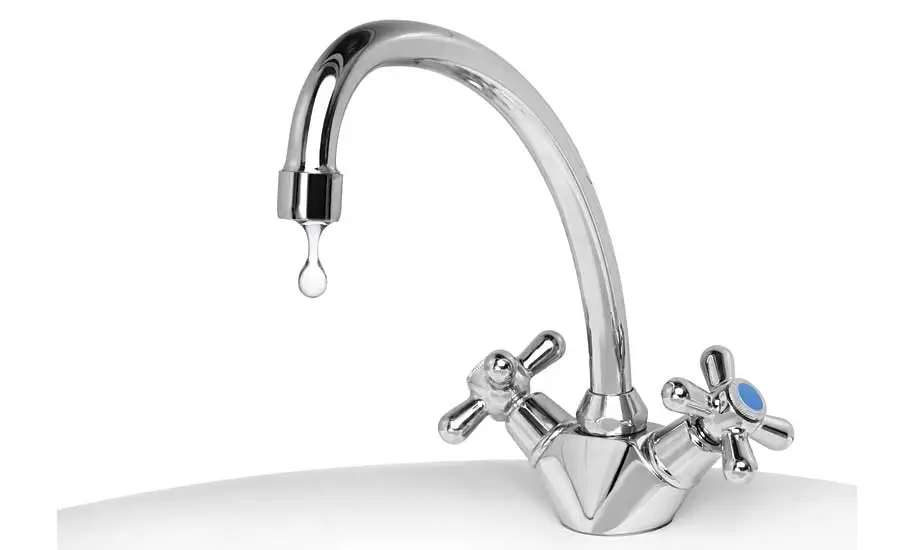Mini-split systems have emerged as a preferred choice for many homeowners, marking a departure from traditional HVAC systems. Compact, efficient, and adaptable, they present a solution tailored for modern living.
However, the key to reaping their full benefits lies in selecting the right system variant for your specific needs. This brings us to an important distinction in the world of mini-splits: the single-zone versus the multi-zone.
Each offers unique advantages, and understanding these can mean the difference between average comfort and optimized living. In this guide, we'll dive deep into these two types, helping you make an informed decision for your home.
Quick Answer: What’s the Difference?
Let's cut to the chase:
- Single-zone Mini-Split: This setup comprises a singular outdoor unit that pairs with one indoor unit. Think of it as a one-to-one relationship. Its primary purpose is to focus on and climate-control a specific room or designated area. Whether it's your bedroom, living room, or home office, a single-zone system tailors its performance to that space exclusively.
- Multi-zone Mini-Split: Venturing into the realm of multi-zone systems, here you have one outdoor unit, but it’s linked to multiple indoor units. This allows it to serve several rooms or areas simultaneously. The highlight? Each indoor unit operates independently, granting individualized temperature control for each connected space. Whether you want your bedroom cooler than your kitchen or need varying temperatures for a nursery and a study, a multi-zone system offers that flexibility.
In essence, while both systems provide efficient cooling and heating, the choice between them hinges on the number of spaces you wish to regulate and the level of control you desire.
Single-Zone Mini-Split Systems
A Single-Zone Mini-Split system is essentially a ductless heating and cooling solution designed for a singular space. At its core, it consists of two primary components: an indoor unit and an outdoor unit.
The indoor unit, often wall-mounted, takes in the air, cools or heats it as required, and releases it back into the room. Meanwhile, the outdoor unit, responsible for the grunt work, expels the heat or cold from inside.
Purpose & Functionality
The chief role of a single-zone system is to regulate the temperature of a specific area. Unlike central HVAC systems that disperse air throughout an entire home, a single-zone mini-split zooms in on its designated room.
This offers precise temperature control, making sure the area is just as warm or cool as you like. So, if you've ever wished for a room that feels 'just right' without affecting the rest of the house, this system is your answer.
Best Use Cases
So, when does a single-zone system shine the brightest?
- Individual Rooms: Be it a bedroom that's too hot in the summer or a home office that needs a cozy touch in winter, a single-zone system is perfect for singular rooms.
- Home Additions: If you’ve added a new sunroom, attic conversion, or any other space to your home, integrating it into your existing HVAC can be challenging. A single-zone mini-split offers a neat solution, bringing comfort to these new additions without overhauling the entire system.
- Isolated Areas: Spaces that are occasionally used, like a guest room or a workshop, can benefit from a single-zone system, ensuring they're climate-controlled only when necessary, leading to energy savings.
Pros & Cons
Pros:
- Simplicity: One of the standout benefits is its straightforward setup. With only two main components to deal with, installation is typically quicker and less invasive than more intricate systems.
- Cost-Effectiveness: Given its focused approach, a single-zone system can be more energy-efficient for individual rooms, potentially leading to savings on electricity bills.
- Direct Control: Targeted temperature regulation means the room feels right, every time.
Cons:
- Limited Coverage: As the name suggests, it’s designed for a single zone. If you aim to control the climate of multiple rooms or an entire home, this might not be your best pick.
- Dependence on Proper Placement: The effectiveness can be compromised if the indoor unit isn't optimally positioned. Careful consideration is needed during installation to ensure even air distribution.
While the single-zone mini-split offers precise control and is a boon for individual spaces, it may not be the go-to choice for those wanting a comprehensive solution for larger homes or multiple areas.
Multi-Zone Mini-Split Systems
The Multi-Zone Mini-Split system is a ductless heating and cooling solution tailored for versatility. Unlike its single-zone counterpart, the multi-zone is designed to manage multiple spaces from one outdoor unit.
The setup involves one outdoor unit, but multiple indoor units—each serving its designated room or zone. Picture it as a team where each player has a unique role but collaborates towards one goal: comprehensive comfort.
Purpose & Functionality
The primary role of a multi-zone system is, as the name hints, to cater to several zones or rooms simultaneously. What sets it apart is the independence of its indoor units. Each indoor component functions on its own, letting you set varying temperatures in different rooms. I
t's like having several mini HVAC systems under one umbrella. One room can be a cozy 72°F while another can be a cooler 68°F—all based on individual preferences and without any interference.
Best Use Cases
Wondering where a multi-zone system would fit best? Here's where it truly excels:
- Larger Homes: When there are multiple rooms spread across floors, having individualized control becomes invaluable. Each room or floor can have its climate, ensuring comfort everywhere.
- Varying Temperature Needs: In households where members have distinct temperature preferences—a cooler bedroom for the teen, a warmer study for grandpa—the multi-zone is a lifesaver.
- Areas Without Centralized HVAC: Older homes, or those constructed without central air in mind, can seamlessly integrate a multi-zone system, eliminating the need for expensive ductwork or major renovations.
Pros & Cons
Pros:
- Flexibility: The standout advantage is the ability to set different temperatures in different zones. It caters to everyone's comfort.
- Economical for Larger Homes: Instead of installing separate systems for different rooms, a multi-zone offers an integrated yet independent solution. Over time, this can lead to significant energy savings.
- No Need for Ductwork: Given it's ductless, homes without existing duct systems can easily adopt it without hefty installation charges or structural changes.
Cons:
- Installation Complexity: With multiple indoor units to consider, the installation can be a tad more complex than a single-zone system, requiring careful planning.
- Higher Initial Cost: The upfront investment for a multi-zone system is usually higher, given its comprehensive nature. However, the long-term benefits often justify the initial outlay.
The multi-zone mini-split is the answer for those seeking tailored temperature solutions across different spaces. While it demands a higher upfront investment, the flexibility and long-term savings it offers make it a worthy choice for many homeowners.
Making Your Choice: Factors to Consider
Selecting between a single-zone and multi-zone mini-split isn't just a matter of preference; it's about understanding your specific needs and constraints. Here's a quick rundown to help you make an informed decision:
- Room/Area Size and Number: Determine the number of rooms you want to manage. If it's just one or a specific section, a single-zone would suffice. However, multiple areas or rooms call for a multi-zone system.
- Installation Complexities: While single-zones offer more straightforward installations, multi-zones might require a more intricate setup due to the multiple indoor units. Consider the installation space and design of your home.
- Budget Constraints: Single-zones typically have a lower upfront cost. However, if you're eyeing long-term energy savings across multiple rooms, the initial investment in a multi-zone might be justifiable.
- Energy Efficiency Desires: For broader spaces, a multi-zone can be more energy-efficient than installing multiple single-zone systems. Align your choice with your energy-saving goals.
In short, consider both your immediate needs and long-term goals to make the best choice for your home.
Getting a Multi-Zone Mini-Split Vs Getting Multiple Single-Zone Mini-Splits
When it comes to optimizing your home's heating and cooling, it's vital to understand the difference between investing in a multi-zone mini-split and having multiple single-zone mini-splits. Both approaches have their merits, but how do they truly stack up?
Efficiency and Installation:
- Multi-Zone Mini-Split: This setup involves a singular outdoor unit connected to multiple indoor units. It offers a streamlined installation process since you only need to set up one outdoor component. As for efficiency, because it's one system, it often offers a more cohesive performance in managing varying temperatures.
- Multiple Single-Zone Mini-Splits: Here, each room or zone will have its own dedicated outdoor and indoor unit. While this offers targeted temperature control for each area, the installation can be more complex due to multiple outdoor units.
Cost Perspective
- Multi-Zone Mini-Split: Typically, the initial cost might be higher due to the multi-faceted nature of the system. However, over time, it can prove to be cost-effective, especially in terms of energy usage and if you plan to climate-control several areas.
- Multiple Single-Zone Mini-Splits: Though each unit might be less expensive than a multi-zone setup, the cumulative cost of multiple units can add up. Additionally, maintaining several separate systems might become a task.
Flexibility & Adaptability
- Multi-Zone Mini-Split: Offers the flexibility of controlling temperatures across different rooms, adjusting to the unique needs of each space. Perfect for homes where different occupants have varying temperature preferences.
- Multiple Single-Zone Mini-Splits: While each unit operates independently, making them ideal for very distinct zones, they lack the integrated control of a multi-zone system.
Choosing between a multi-zone mini-split and multiple single-zone units boils down to your home's specific needs, budget, and long-term plans. Assess the current and future demands of your living spaces to make the most informed decision.
Call Sunset Heating & Cooling for Mini-Split Solutions
Choosing between single-zone and multi-zone mini-split systems might seem complex, but having a clear grasp of their functionalities and differences makes the decision-making process smoother.
But remember, whether you're setting up a new system or maintaining an existing one, professional guidance can be invaluable. Sunset Heating & Cooling boasts a team of experts specializing in ductless mini-split systems. From repair and maintenance to new installations, we have you covered.
Let us assist you in making your home a haven of comfort. Reach out to Sunset Heating & Cooling today at (503) 500-5866. Your comfort is just a call away!







